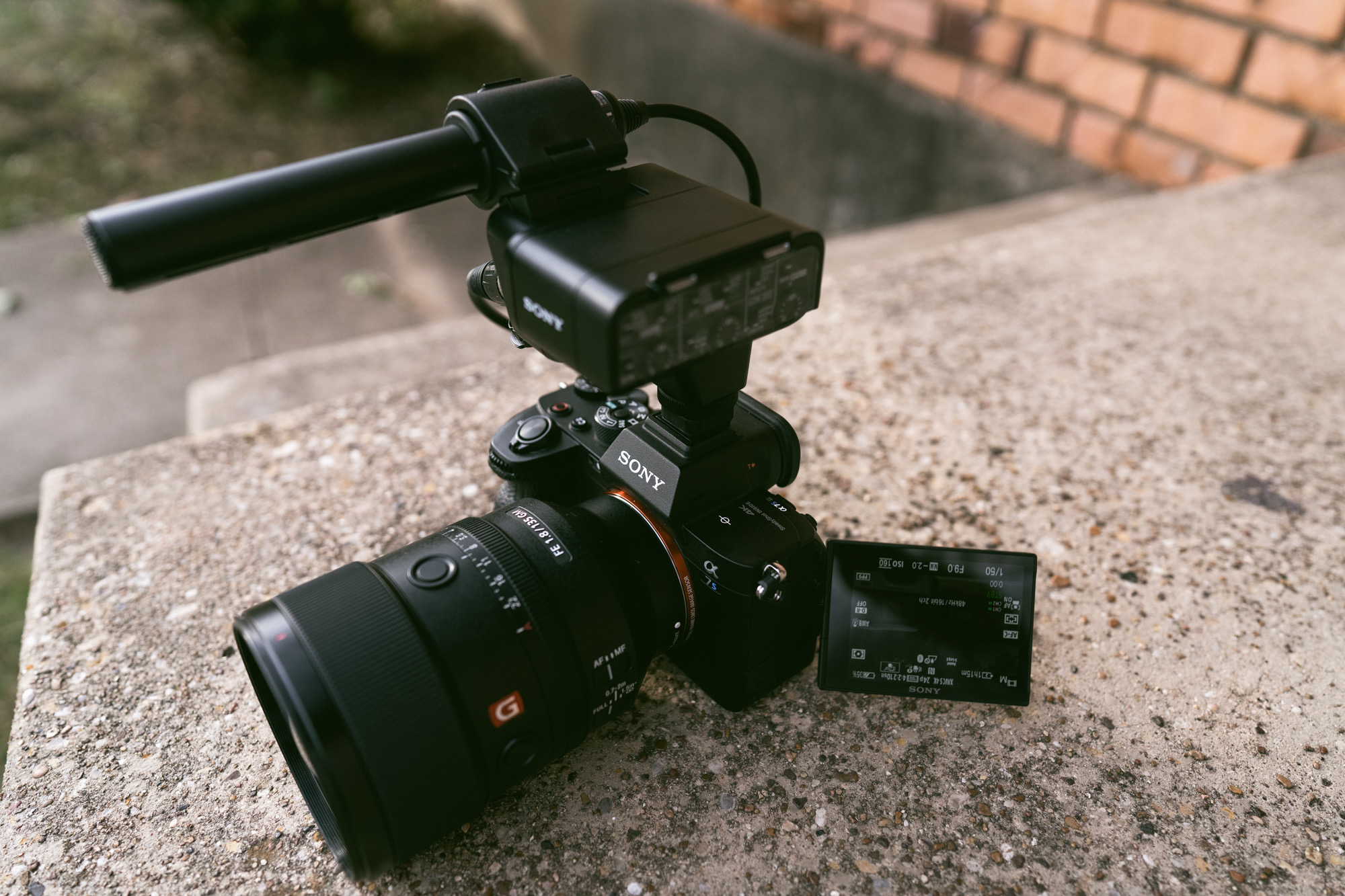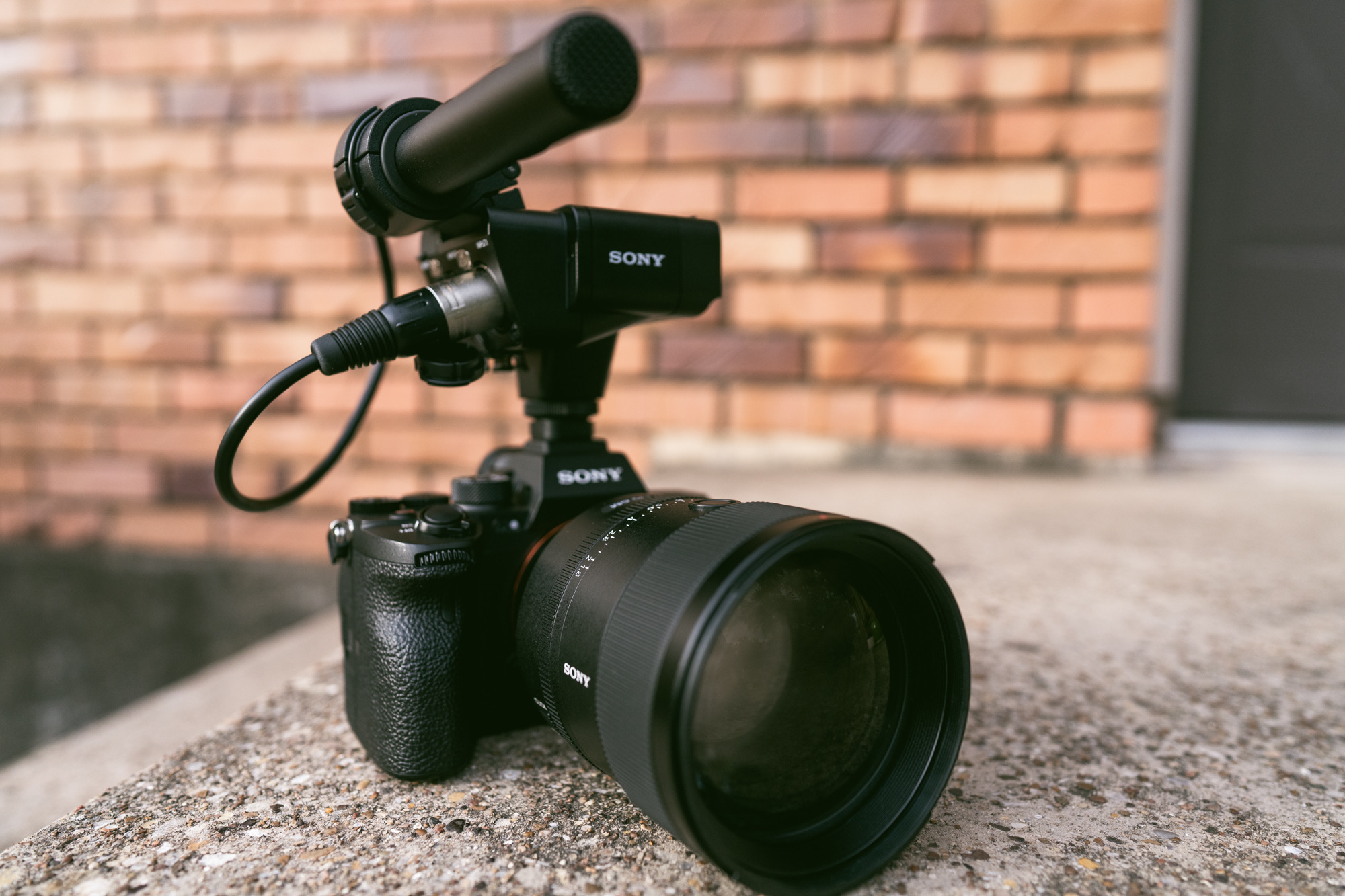After years of speculation with nary a peep out of Sony with regards to the much-loved A7S line (the A7S II launched five years ago), there’s finally a new camera. Sony has loaded this latest iteration with some of the most impressive video-focused capabilities we’ve seen in a compact camera body. With a strong emphasis on 4K, Sony is positioning the $3,500 A7S III not just as a low-light powerhouse, but as the most capable video camera in its segment.
“The A7S II is purpose-built to make wonderful video and low light photography,” Mark Weir, the Senior Technology Manager for Sony Digital Imaging, told Digital Trends. “It shows how Sony has taken feedback from end-users to update and improve user experience overall.”

New sensor and processor
The A7S III grows beyond the series’ original purpose thanks to a batch of new hardware components that are debuting in this new body. The A7S III uses a new backside-illuminated 12.1 megapixel Exmor R image sensor that has double the readout speed of the A7S II, but retains incredible low light performance.
That faster readout speed allows the camera to capture up to 120 frames per second in 4K using the full width of the sensor, a feat no other compact mirrorless camera has yet to achieve. The sensor updates have additionally improved autofocus speed and minimized rolling shutter in all modes, two important updates for video shooters.

Additionally, the A7S III uses a new Bionz XR processor with eight times the power of the previous processing engine. It combines with the new sensor’s capabilities to allow the camera to process more frames for a longer amount of time. Sony rates the camera as able to continuously in 4K at 60 frames per second for up to an hour, but unofficially said it is likely to outpace that specification.
New vari-angle articulating, touchscreen rear LCD
Sony has implemented a side-opening vari-angle rear LCD, a first for Sony on any Alpha camera. This style of articulating screen is the same as was implemented on the ZV-1, and allows for added flexibility when shooting.

While we’re talking about the rear LCD, Sony finally added full touch functionality in both shooting modes and in the menu. The company also reworked the menu from previous Alpha cameras, making it easier to navigate and granting multiple layers of visibility at a glance.
In addition to the menu being easier to navigate, Sony gave the A7S III the ability to set different settings depending on what mode you’re in, and has a dedicated menu for movie mode to further reduce the menu clutter while navigating it. This is the complete overhaul that Sony users have been begging for.

No fans or vents
The internals of the camera have been reworked to include a new heat dissipating structure that is about five times more effective than any of Sony’s cameras in the past. As a result, they can capture high speed, high-resolution video with no limits, and do so without a fan, making it a camera that not only outpaces the Panasonic S1H or the Canon EOS R5 in framerates at high resolution but does so without overheating or needing any kind of vent system.

Sony went another step further and increased the anti-dust efficiency, which hopefully will allow the camera’s sensor to stay cleaner – one of the few remaining problems with the Sony cameras to date.
Highest resolution EVF ever
The electronic viewfinder (EVF) is a QXGA 9.44 million dot OLED, the first of its kind, that offers 0.9x magnification, a 41-degree field of view, and a 24mm-high eyepoint.
The extremely wide field of view and eyepoint are both adjustable as well. If the field of view is too wide, it can be compressed to the more standard 35 degrees, and the eyepoint can be brought up to 35mm so it is easier to use the viewfinder with glasses. The incredibly pixel-dense EVF combined with that level of customizability are both unique to this camera.

Improved battery life
The company boosted the battery capabilities of the Sony A7S III, bringing it up to the standards set by Sony’s more recent cameras. The improvements mean a 60% increase in battery life from the prior generation, which translates to 95 minutes of recording time in movie mode, and at least 600 frames of still capture per charge. Sony also added the ability to charge the camera via the USB-C port while in operation.
A new CFexpress card format
Sony gets another “world’s first” with the A7S III with regards to its memory card format. The camera accepts two SD cards and CFexpress Type A memory cards in its two card slots, the latter being a format that has never been used before.
The company smartly gave its two memory card slots dual functionality, allowing you to choose between the very common SD format or the new, much faster CFexpress format. Not only does this give you more options as a shooter, it also future-proofs the camera for several years. This is also the first time a DSLR or mirrorless camera will feature two dual-format card slots.

CFexpress Type-A is a more compact card design that the Type-B card that Nikon Z cameras use. The Type-B design uses the XQD design, while Type-A is more akin to SD cards.
Specifications
The camera boasts the following video specifications.
Notable video features
- Large pixels for high sensitivity and low noise
- ISO range 80-102,400 (standard), 40-409,600 (extended)
- 15-plus stops of dynamic range in movie shooting in S-log 3 (new base ISO of 160)
- Retains Sony on-sensor stabilization, adds Active Mode digital image stabilization — adding a slight crop, grants greater stabilization optimized for video
- 4K full pixel readout without binning or line skipping in all modes
- Hybrid autofocus system with 759 phase-detection AF points (92% area coverage) and 425 contrast detection points
- 10-bit depth, 4:2:2 color sampling in all formats available
- FHD/HD proxy simultaneous recording
- XAVC S long GOP (H.264 MP4), XAVC HS (H.265 HEVC) formats 24p, 30p, 60p, and 120p
- XAVC-S I All-Intra *H.264) format at up to 600MBps also available at all frame rates
- Up to 120p frame rate 4K, up to 240p in FHD continuously
- S-Log 2/S-Log 3 achieves 15+ stops of dynamic range
- Three gamut settings for easy matching with professional cameras
- Full frame 16-bit RAW video output up to 60p via HDMI Type A terminal
- Real-time tracking and real-time eye autofocus available in all modes (movie and still)
- Full-size HDMI, mic jack, headphone jack, and USB-micro terminal
- USB-C with power delivery support and LAN adapter compatible
- Extensive list of movie capture assist functions

But it wasn’t enough for Sony to focus on video features, they also enhanced the still capture capabilities of the A7S III over its predecessor.
Notable photography features:
- Improved DR and tonal gradation
- Base ISO lowered to 80
- Visible light and IR sensor improves WB accuracy in artificial light
- 10-bit HEIF and HLG still capture
- Improved color reproduction at high ISOs
- AF down to EV-6
- 10fps burst with AF/AE in both focal plane and with a silent shutter, with a buffer of over 1,000 uncompressed RAWS
- High speed 24Ghz/5Ghz wireless LAN standards
- USB-C connector supports SuperSpeed USB 5 Gbps (USB-C 3.2 standard)
- USB-C to Ethernet-wired LAN adapter
- PC remote shooting
- FTP file transfer
Though its sensor is a mere 12.1 megapixels, and most of its features are aimed at videographers, the A7S III doesn’t entirely ignore photography.

A focus on 4K
Sony chose not to compete with Panasonic’s S1H or Canon’s EOS R5 and increase video capture resolution to either 6K or 8K, instead focusing its efforts on making a camera that can capture the best 4K video it could muster.
For most outside of Hollywood, the specifications on offer here will more than satisfy creative needs. If the resolution is more important to you than the frame rate, the A7S III isn’t for you. 6K and 8K grab headlines, but more usable 4K features will likely draw more users in the end.

Although the camera supports a next-generation memory card in CFexpress Type A, Sony did make it clear that any recording framerate with full 10-bit 4:2:2 color depth can be recorded to an SD card. Some of the more robust features will require a v90 card and you’ll see a dip in megabit rate when choosing to shoot for SD cards, but the fact you can still record at all with maximum color depth and frame rate is unusual and impressive.
The Sony A7S III will retail for $3,500 and will be available in September, along with the CFexpress Type-A memory cards (and USB-C CFexpress Type-A reader) whose pricing was not revealed at the time of publication.
Editors' Recommendations
- Sony claims mini-LED superiority with 2022 8K and 4K TVs
- Sony A7S III hands-on: Confessions of a devout Panasonic user
- Blackmagic Design’s new 12K cinema camera might actually make sense
- Sony’s ZV-1 is an influencer-targeted upgrade to the best compact camera
- Here’s how much every 2020 Sony 4K and 8K TV will cost




